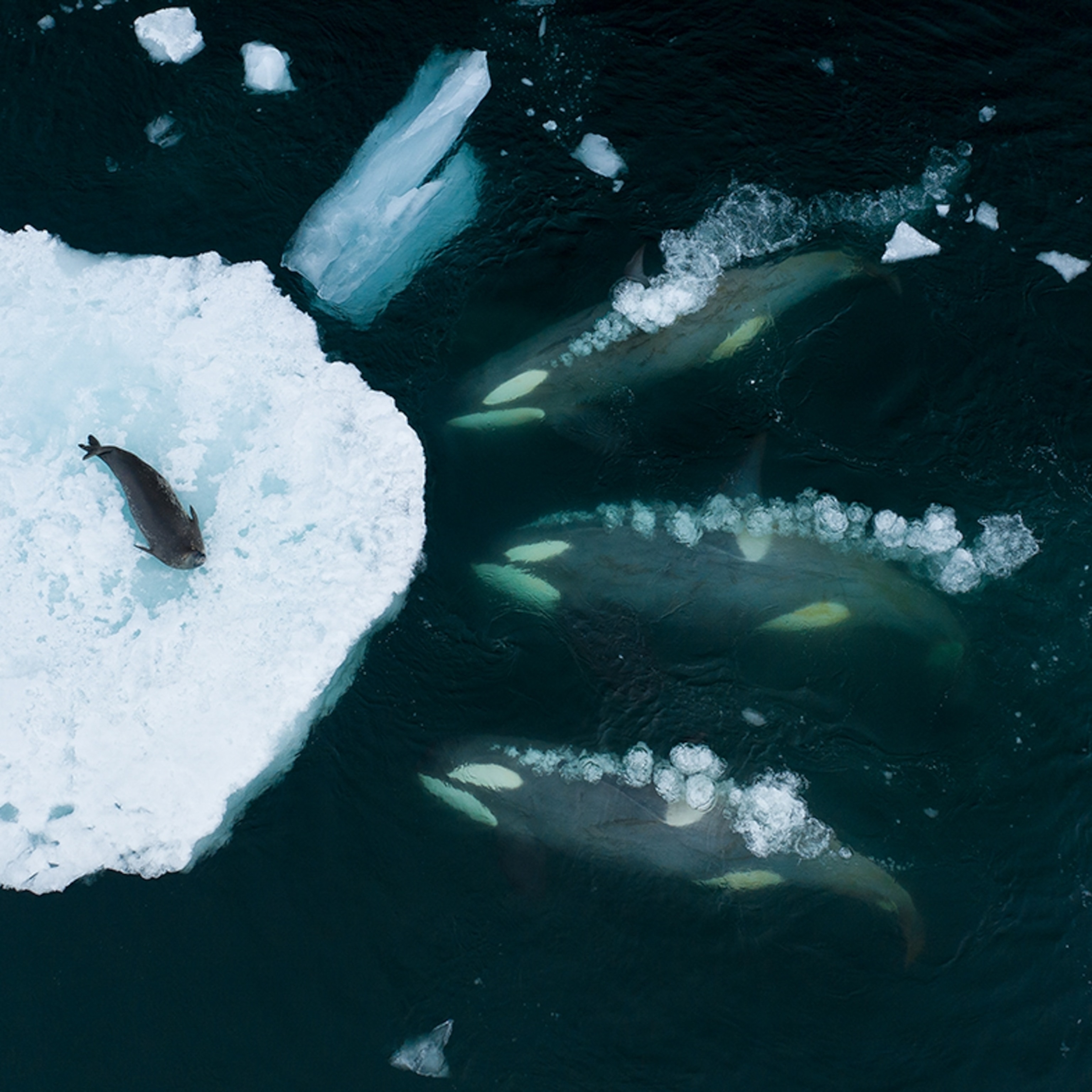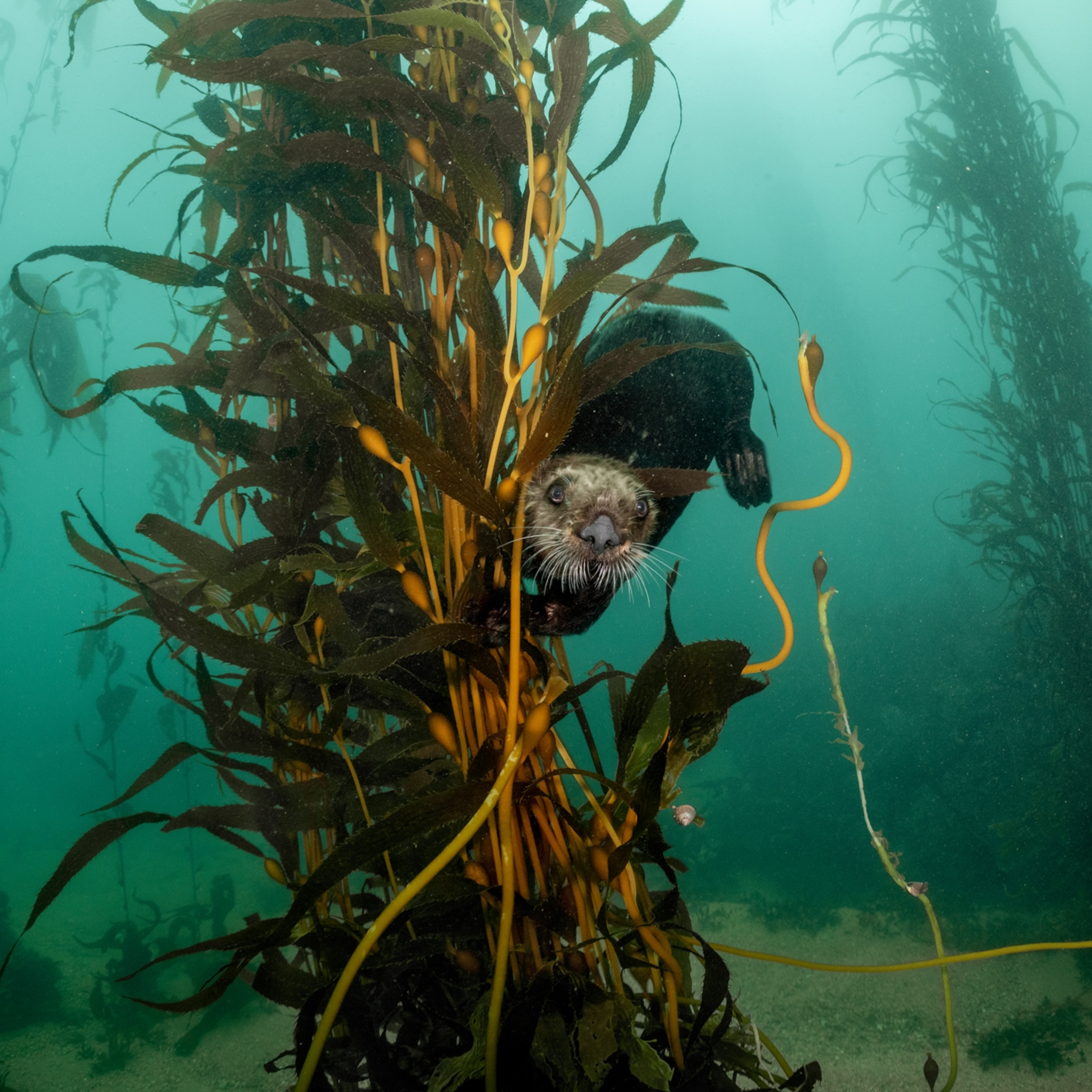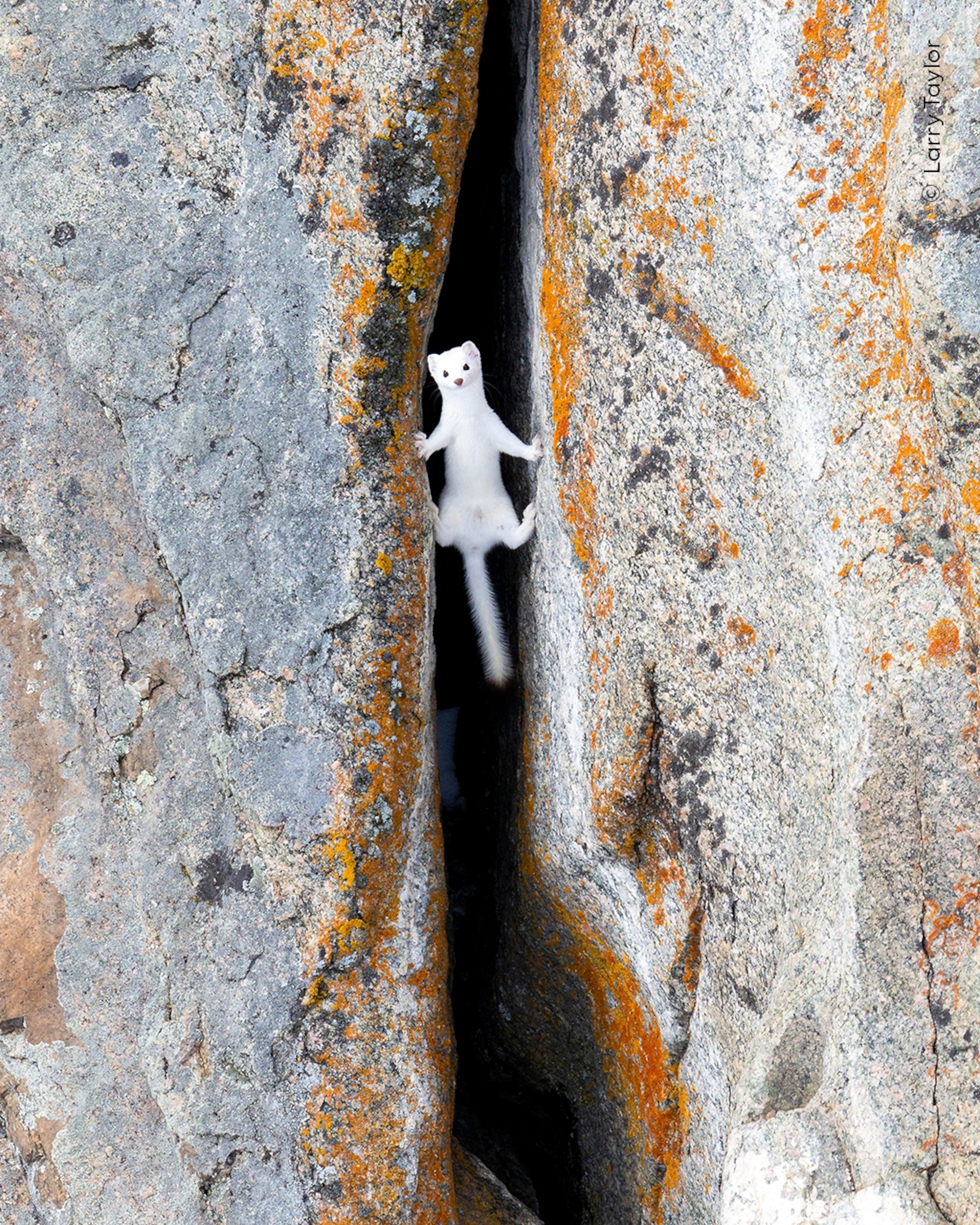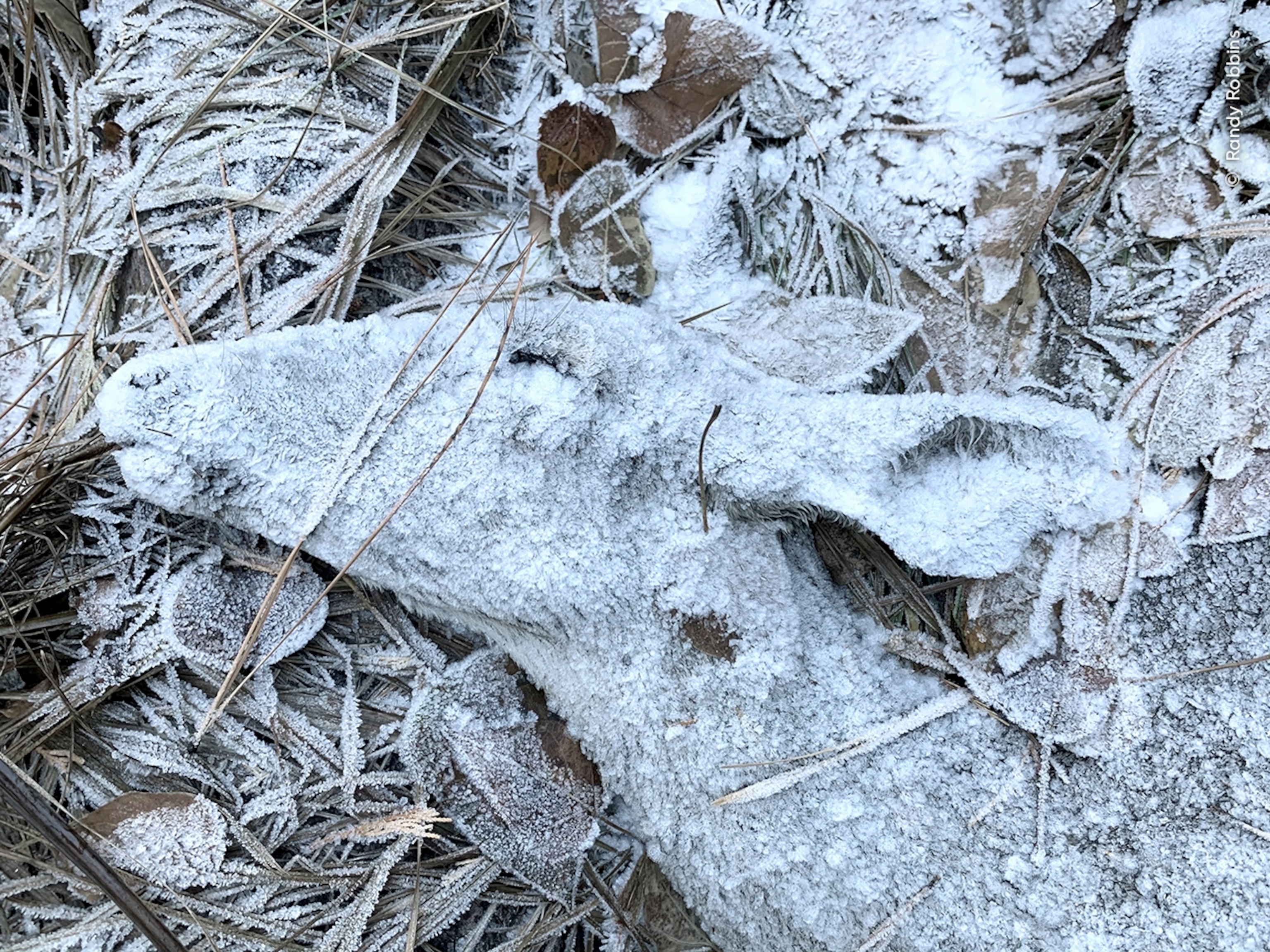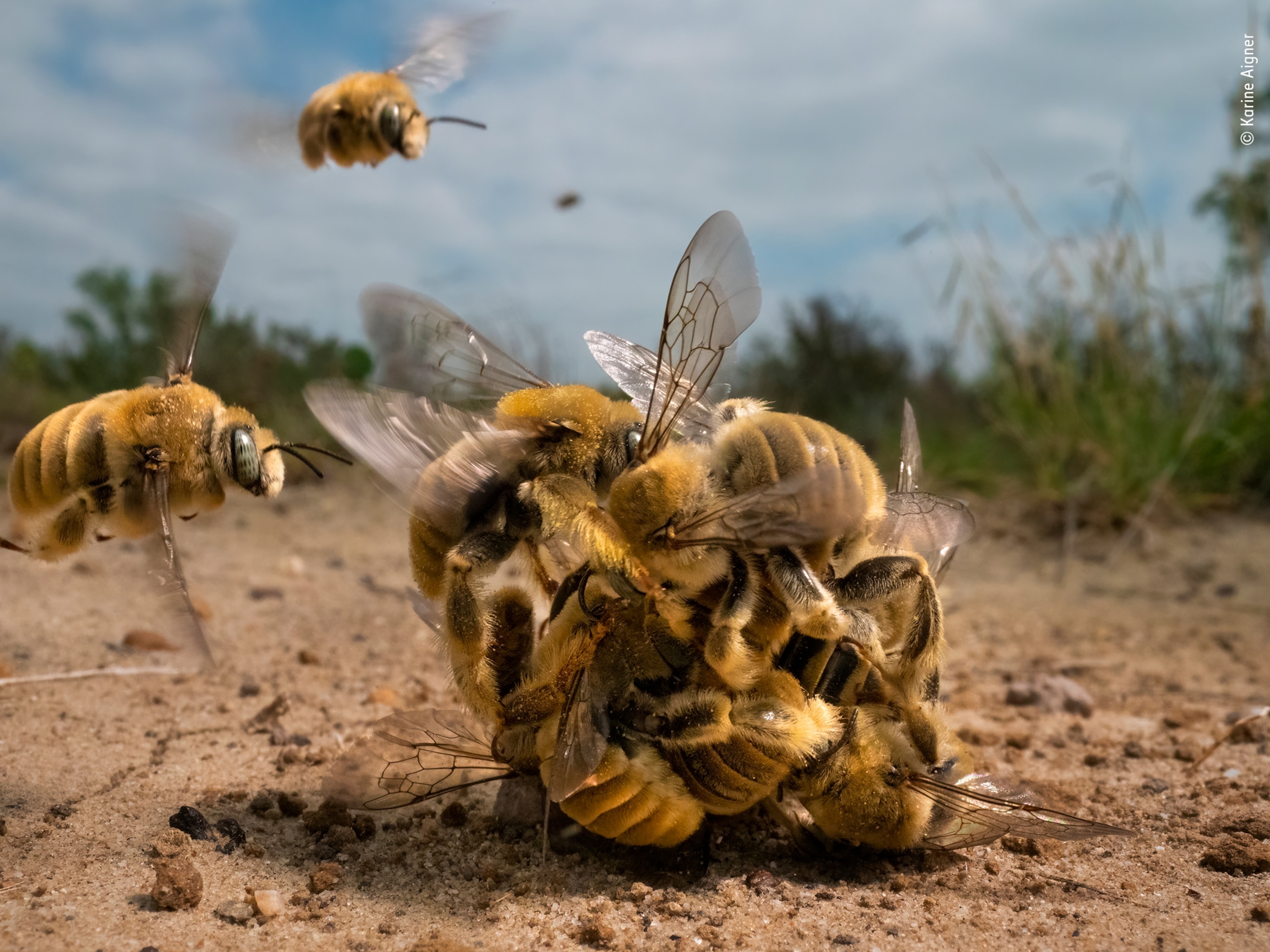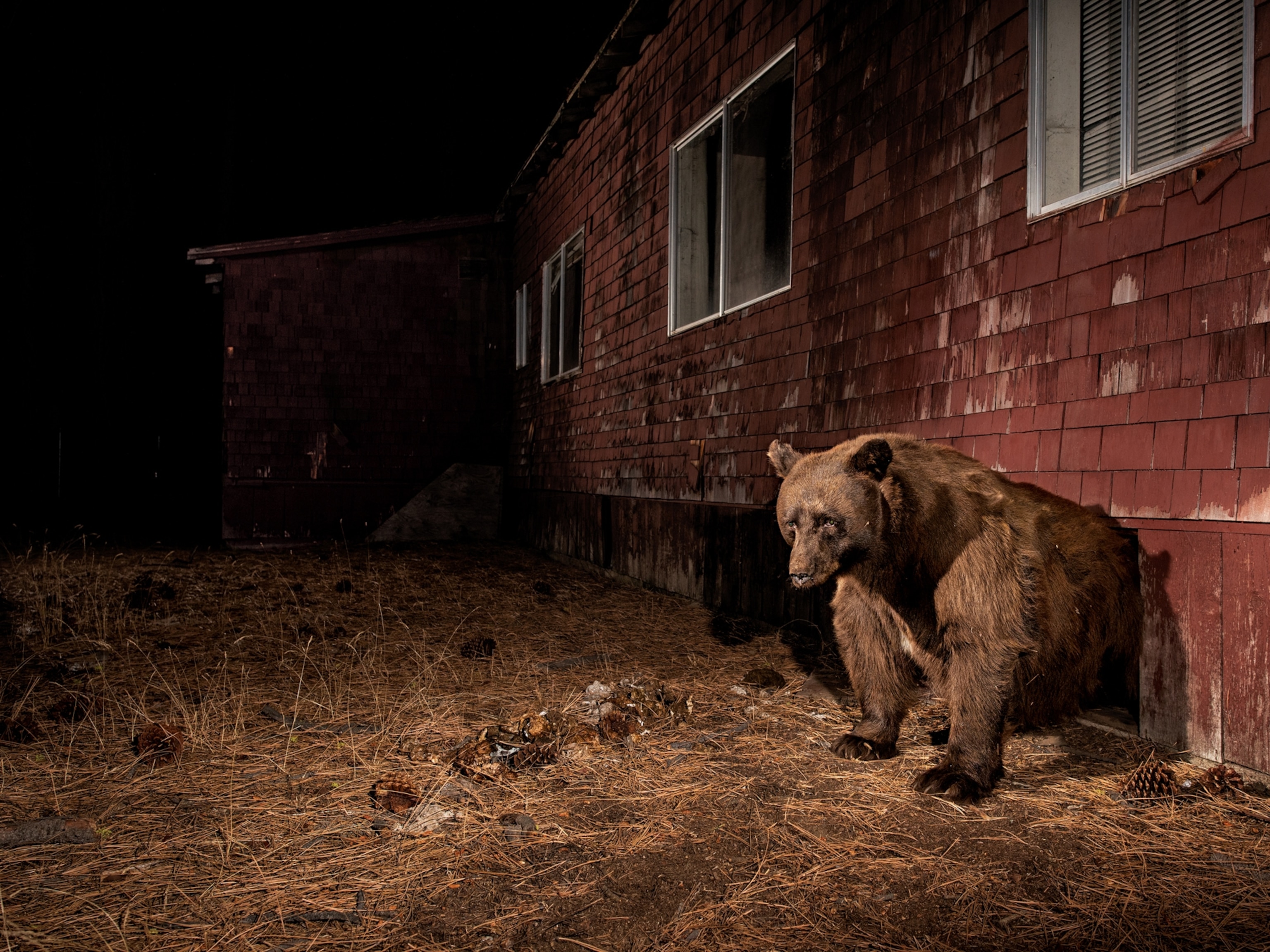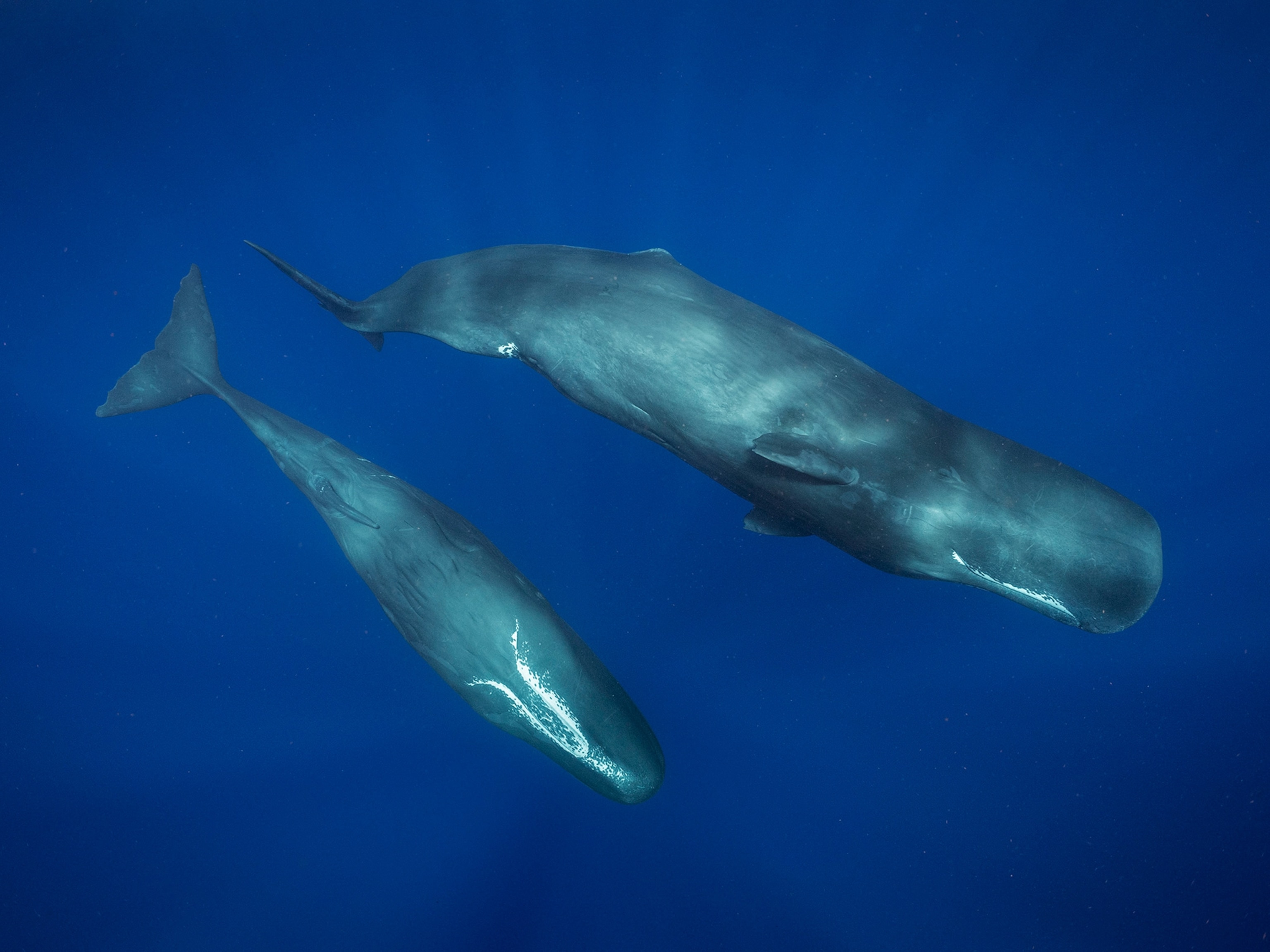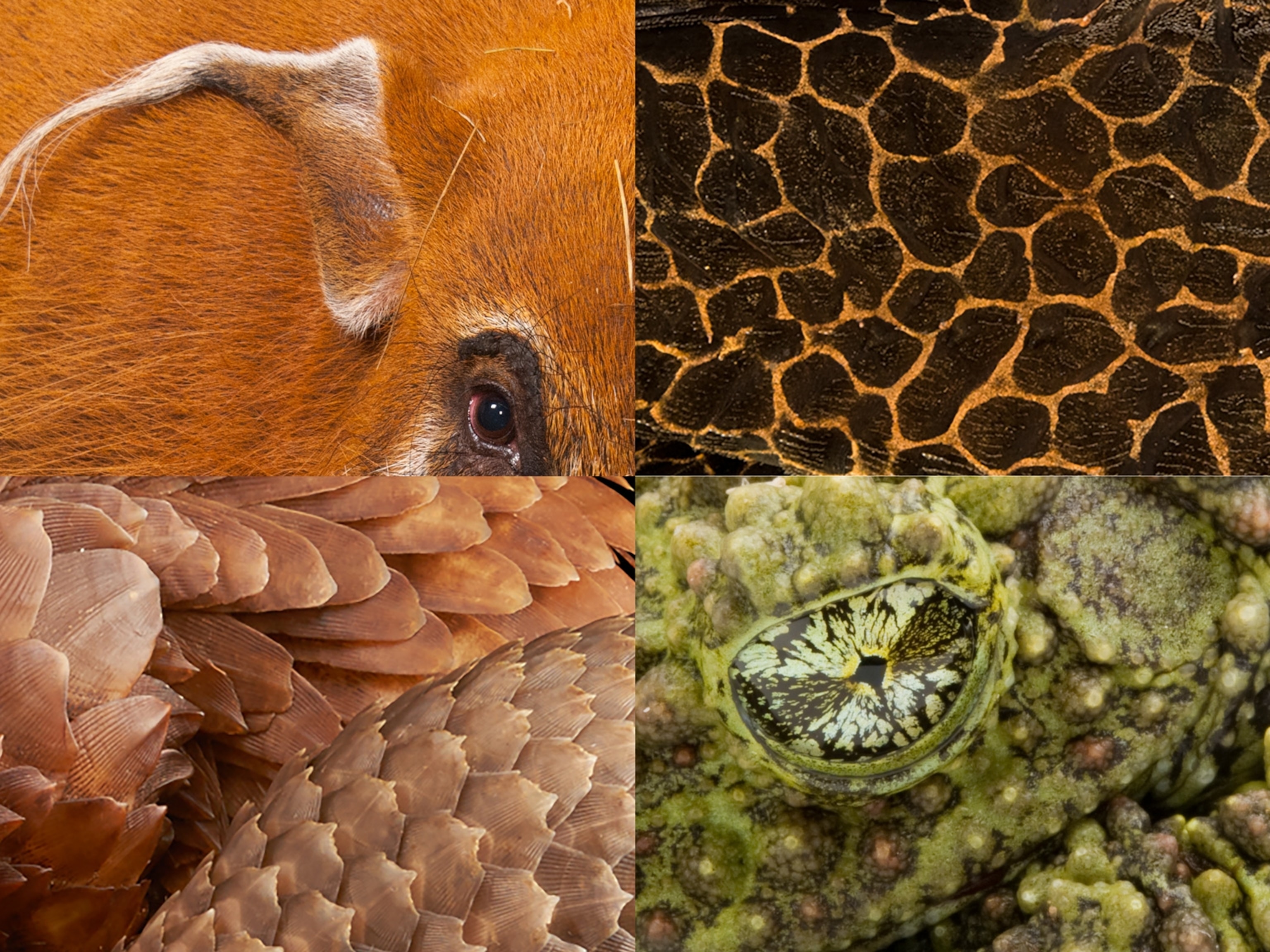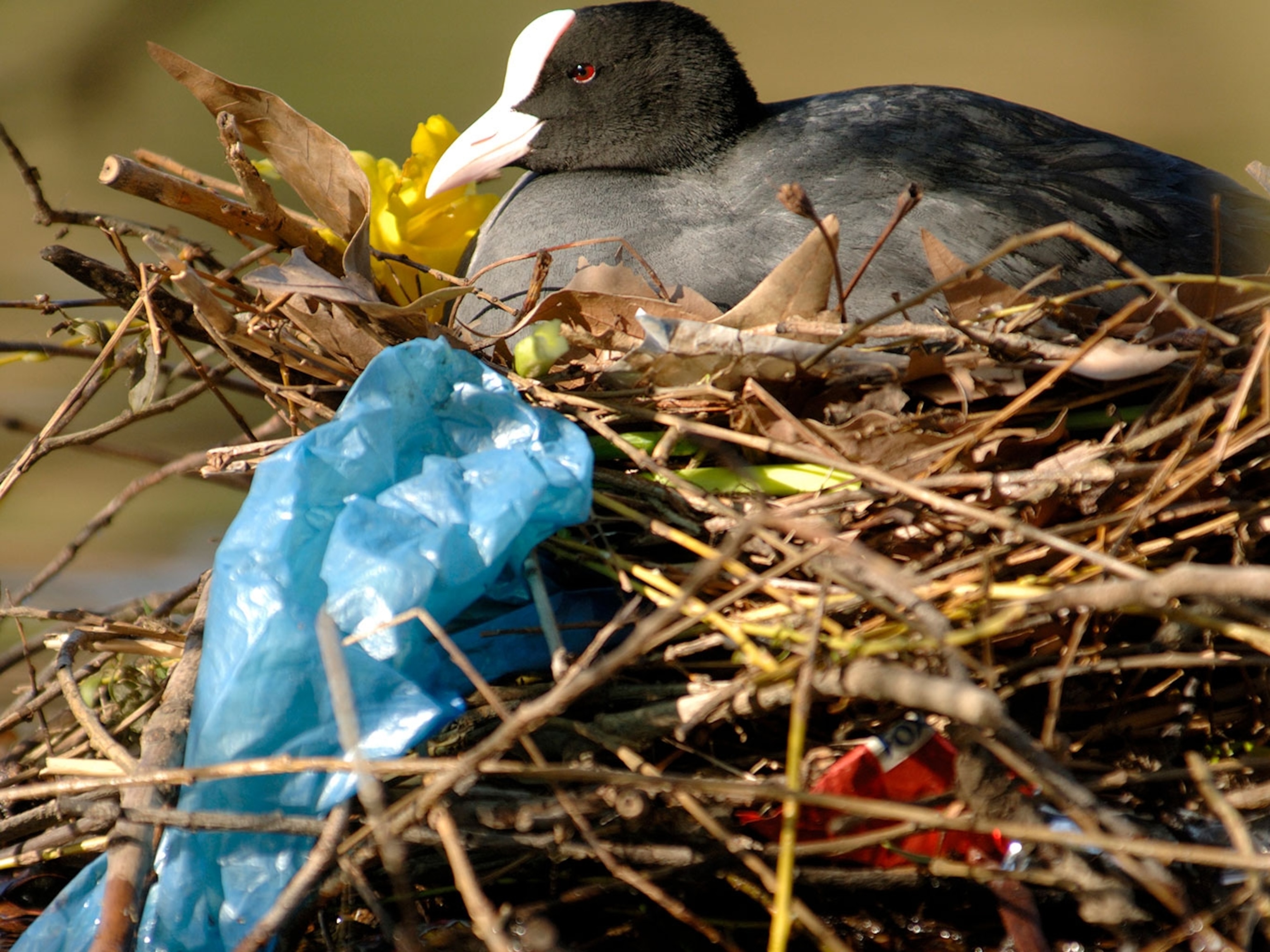
18 striking photos from this year’s best wildlife photographers
From western toad tadpoles to glowing wetlands, this year’s winners capture nature’s beauty—and its fragility.
To capture western toad tadpoles swimming through a sunlit underwater world, Shane Gross snorkeled for hours through carpets of lily pads, moving carefully to avoid disturbing the fine layers of silt and algae.
The resulting photograph, “The Swarm of Life,” earned Gross the title of 60th Wildlife Photographer of the Year, awarded October 8 by London’s Natural History Museum.
“To have an image win in the 60th WPY is incredibly special, and representing wetlands is a true honor,” says Gross, a Canadian marine conservation photojournalist who has contributed to National Geographic.
He photographed the darkly colored, paperclip-size tadpoles in Cedar Lake, part of Canada’s Vancouver Island. “The challenge was to get the camera-to-subject distance just right and light them well enough to have them pop off the colorful background,” he told National Geographic in an email. (See the 2023 winners.)
“Wetlands can be stunningly beautiful and badly need our protection,” Gross says. “They do so much for us that most people are oblivious to,” such as protecting cities from floods.
“With all the disasters going on around the world, it's long overdue for us to see nature's value and act accordingly.”
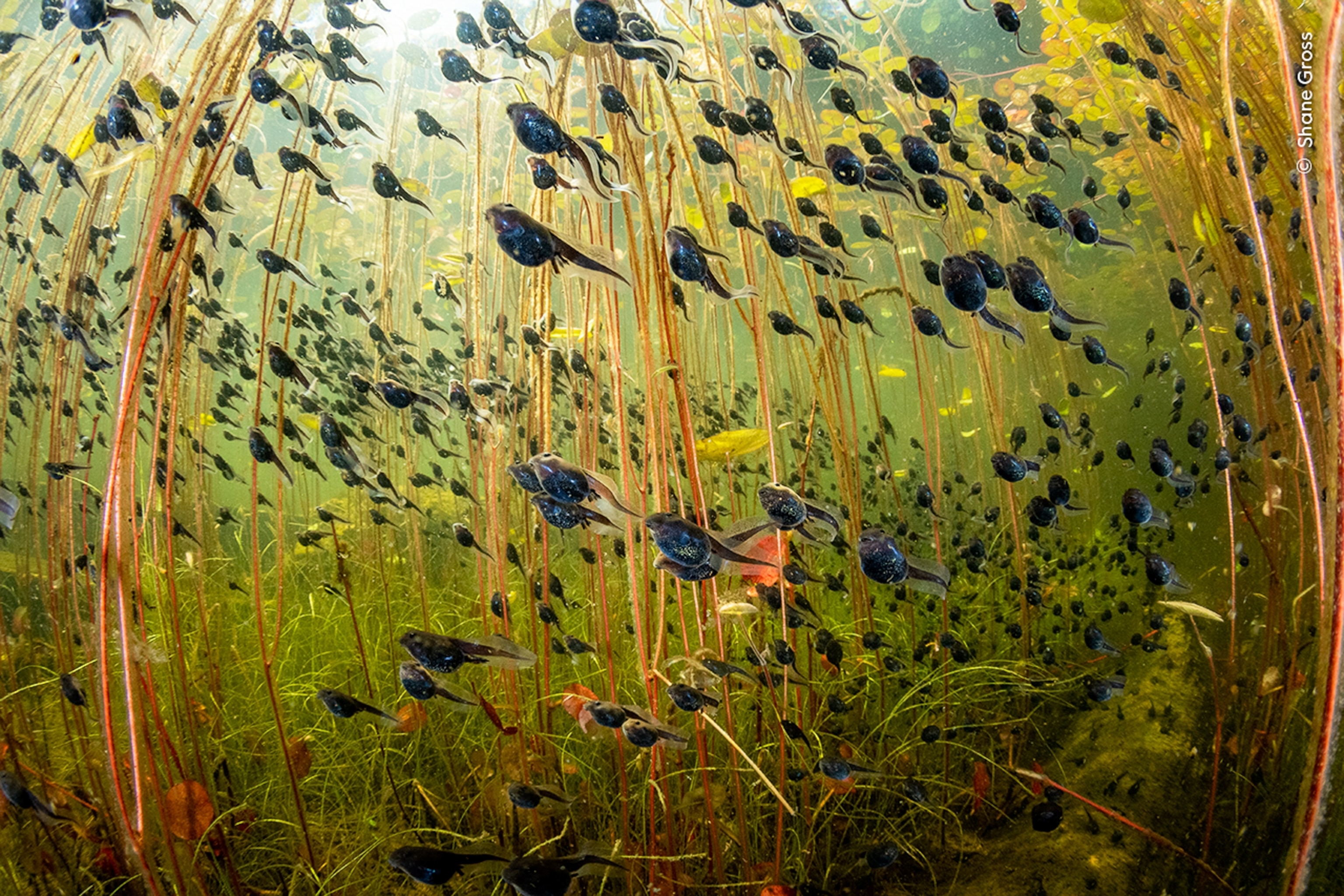
Kathy Moran, editor and chair of the jury, wrote in a press release that “the jury was captivated by the mix of light, energy, and connectivity between the environment and the tadpoles” in Gross’ photo.
A Wildlife Photographer of the Year exhibition featuring the hundred winning images will open October 11 at the Natural History Museum. Here are some of the most stunning images from this year’s selection.
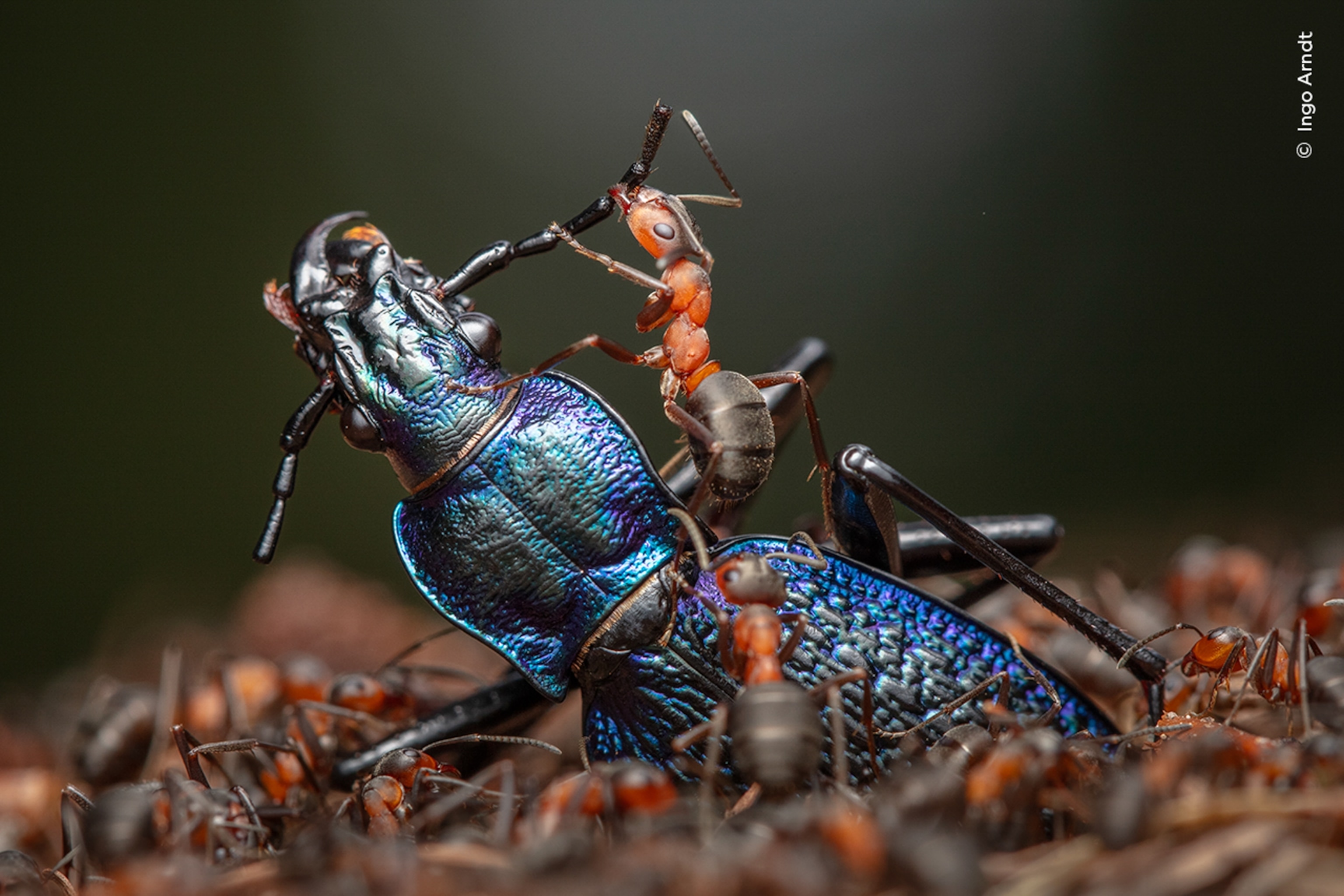
German wildlife photographer Ingo Arndt won an award in the Behaviour: Invertebrates category for his image “The Demolition Squad,” which depicts red wood ants dismembering a blue ground beetle in Hessen, Germany. To meet their protein needs, wood ants work together to take down much bigger insects and invertebrates, carving them into smaller pieces to fit into their underground nests.
“They bit me and sprayed me with formic acid every day. But I still love them because they are smart and social animals that show so many interesting behaviors,” says Arndt, whose wood ant photography will be featured in the February 2025 issue of National Geographic.
Arndt hopes audiences take away an admiration for the ants. “Wood ants are very helpful for an intact ecosystem. For example, they kill a lot of pest insects when they appear in masses and protect the forest where they live,” he says.
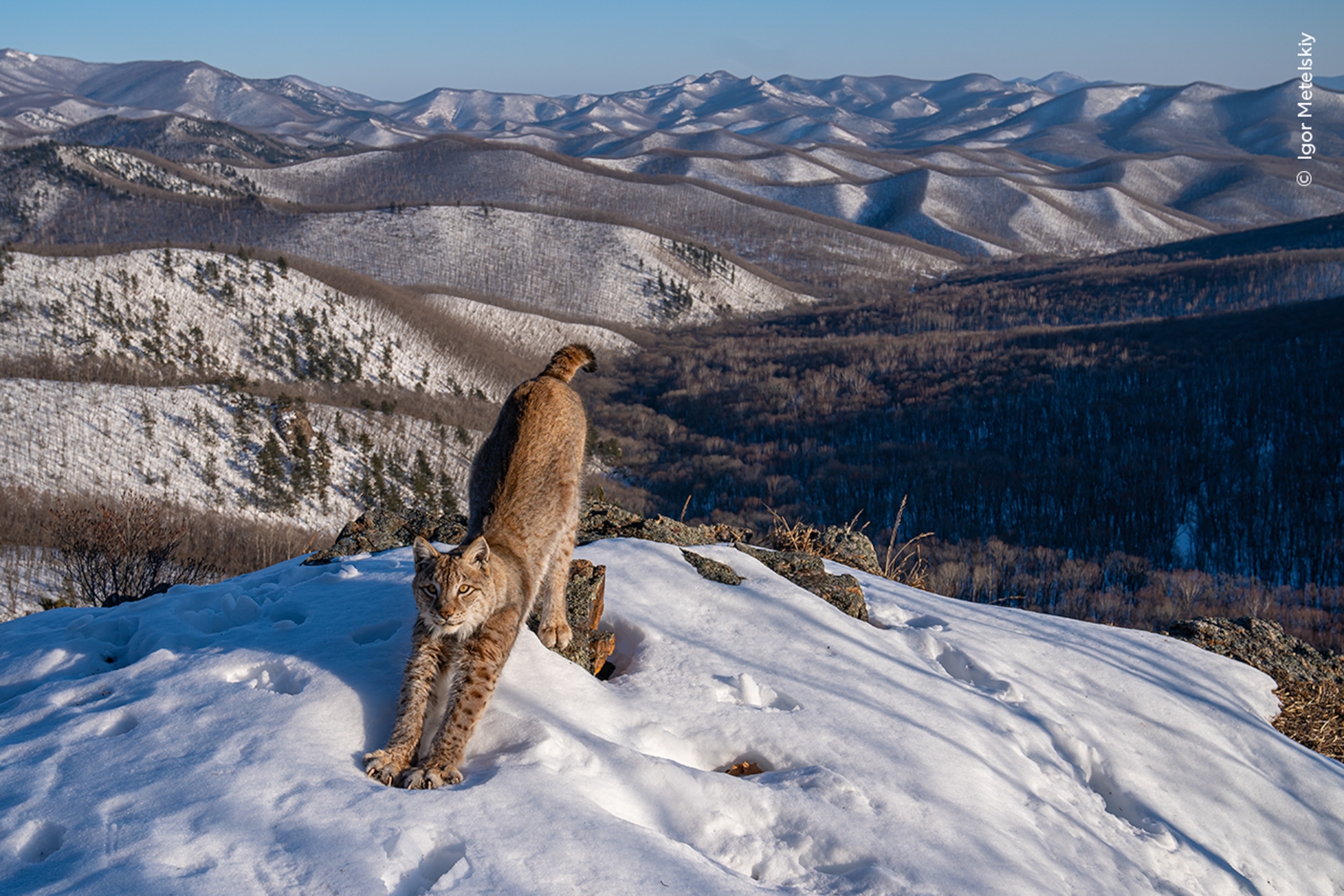
In remote, rugged Primorsky Khai, Russia, photographer Igor Metelskiyi positioned a camera trap near the footprints of potential prey, hoping to snag a Eurasian lynx. He waited six months for this stunning shot of one of the wild cats stretching in the early evening sunshine. “Frontier of the Lynx” earned Metelskiy, of Russia, a win in the Animals in Their Environment category.
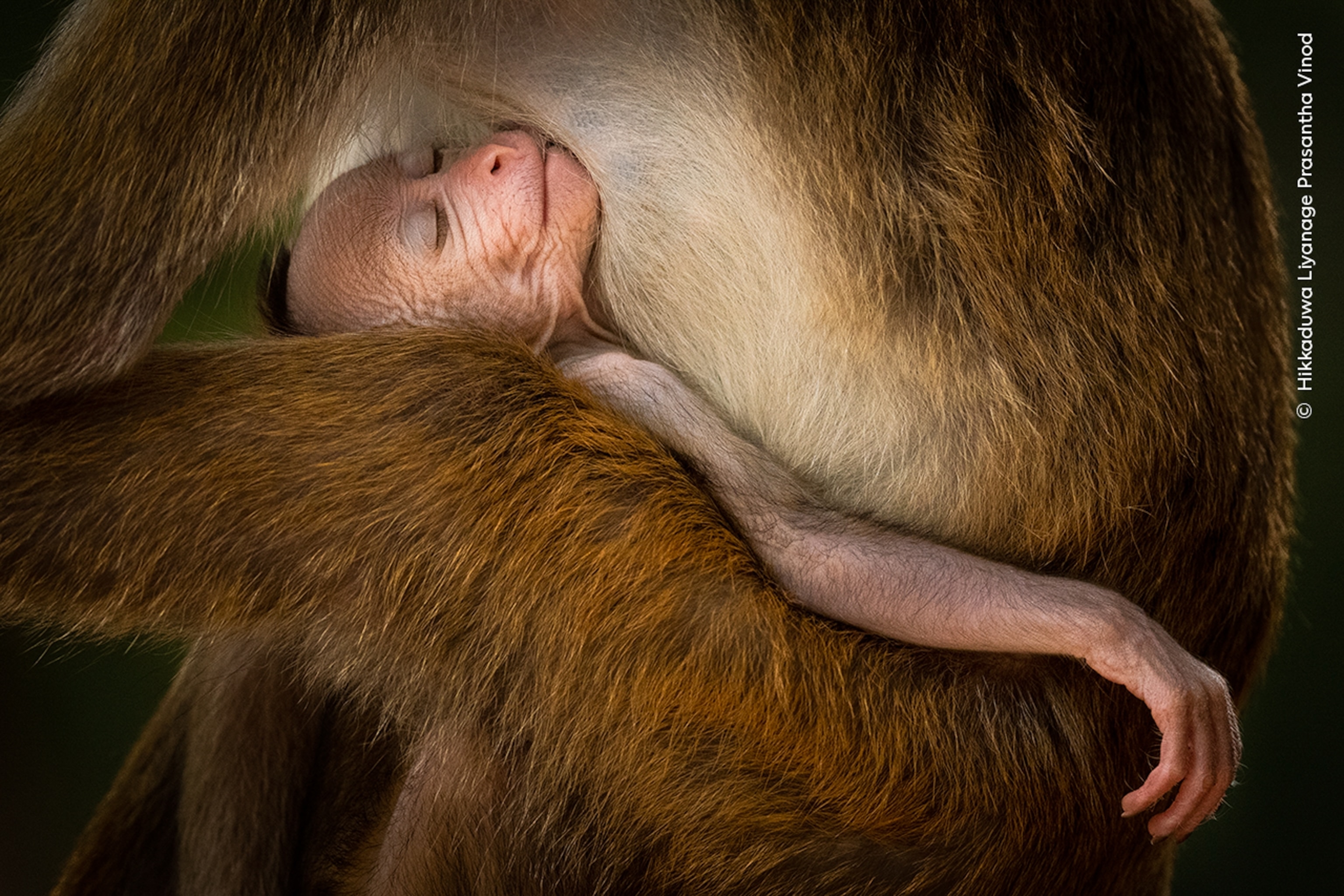
Resting after a morning of photographing birds and leopards in Sri Lanka’s Wilpattu National Park, photographer Hikkaduwa Liyanage Prasantha Vinod heard a troop of toque macaques moving in the tree canopy. Vinod, of Sri Lanka, used a telephoto lens to memorialize a sweet snapshot of a young monkey sleeping in an adult’s arms. “A Tranquil Moment” won the Behaviour: Mammals category.
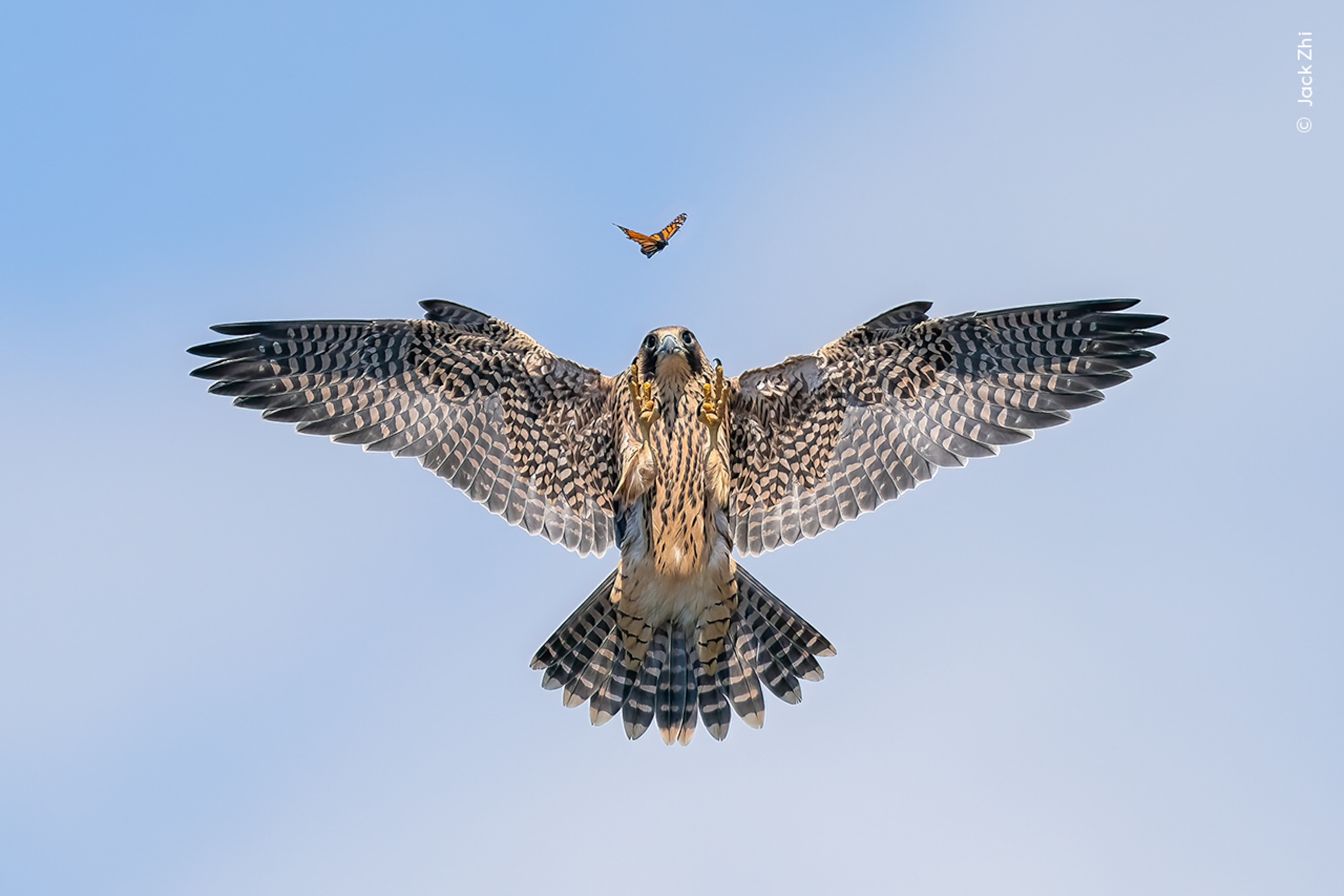
In “Practice Makes Perfect,” a young peregrine falcon chases after a butterfly above its cliffside nest in Yukon, Canada. American photographer Jack Zhi, winner of the Behaviour: Birds category, has visited this area for eight years to observe the life cycles of these birds, which can fly at speeds up to 200 miles per hour—making them the fastest animals on Earth

American wildlife photographer Karine Aigner was leading a tour group in Mato Grosso, Brazil, when she noticed an odd shape in the water. Her binoculars revealed a yellow anaconda coiling its body around the snout of a yacare caiman.
In “Wetland Wrestle,” which took home the award for Behaviour: Amphibians and Reptiles, it’s unclear which predator attacked first. Aigner has photographed multiple stories for National Geographic, including a rare look at a bobcat family.

Over several mornings, Australian photographer Jannico Kelk scoured the sand dunes for the footprints of the greater bilby, a rabbit-size marsupial living in South Australia’s Roxby Downs. Once he found them, he set a camera trap, which took this photo, “Hope for the Ninu,” the winner of the Impact Award. Invasive foxes and cats nearly killed off the greater bilby, also known to Indigenous Kiwirrkurra communities as ninu, but the species is recovering inside fenced reserves such as this one.
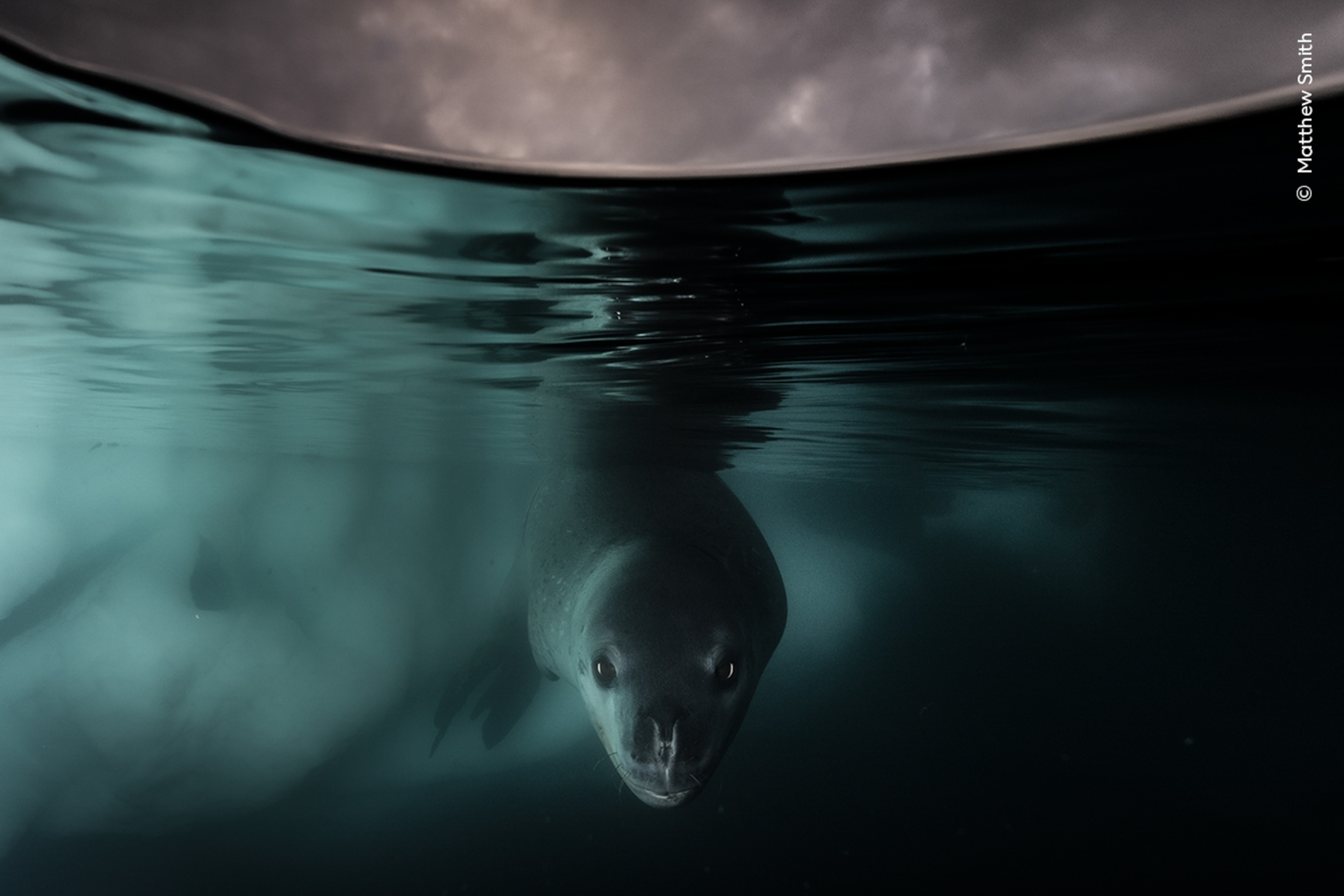
In Antarctica’s Paradise Harbour, a curious leopard seal checks out British and Australian photographer Matthew Smith from under the ice. To achieve the split image, “Under the Waterline,” Smith designed a custom-built extension on the front of his underwater camera. “When I looked straight into the lens barrel, I knew I had something good,” Smith, who won the Underwater category, said in a press release.
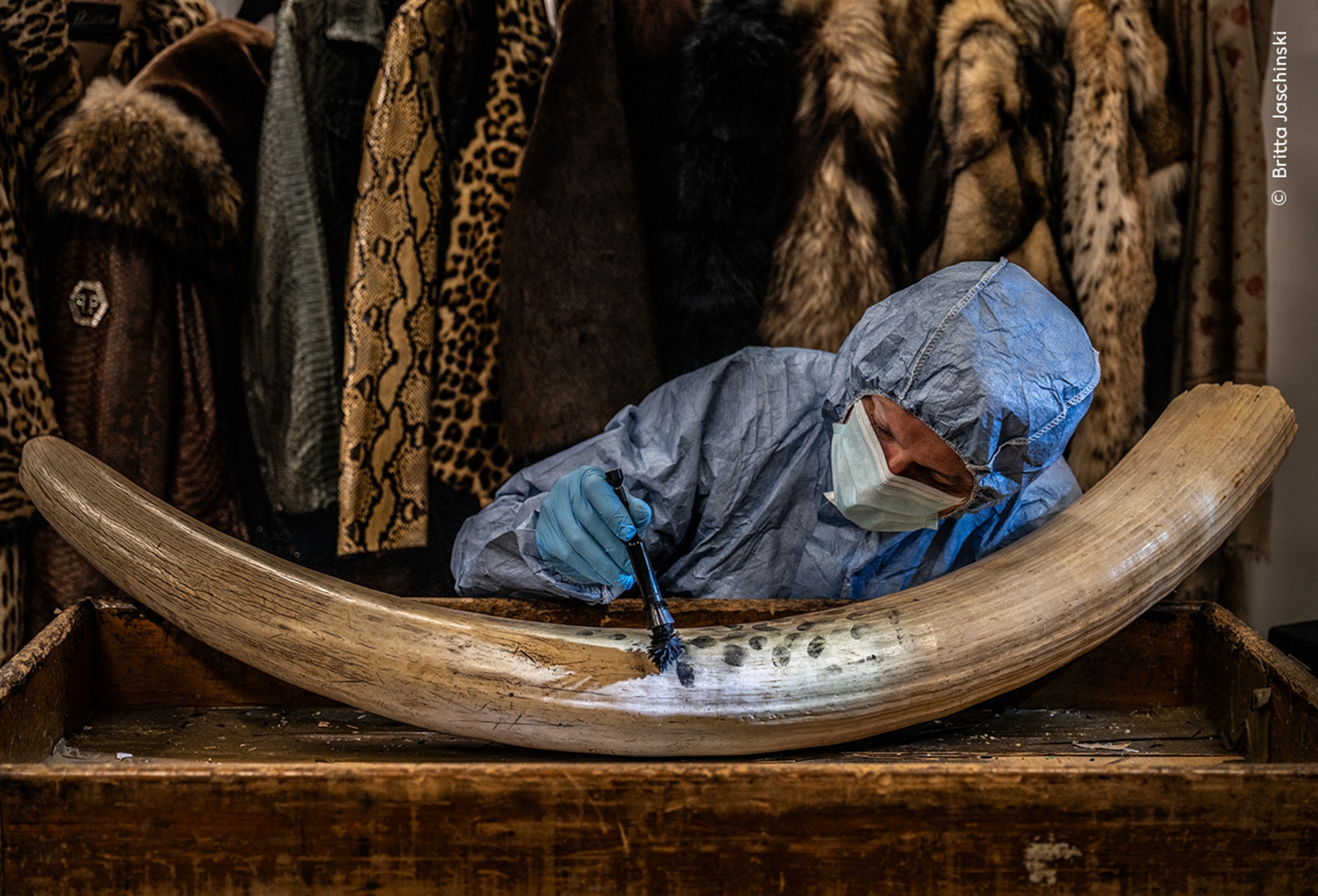
At London’s Heathrow Airport, a police investigator dusts for prints on a confiscated elephant tusk. German and British photographer Britta Jaschinski reported from the U.K. Border Force’s CITES department, where experts use magnetic powder to remove fingerprints from ivory nearly a month after it was touched. “Dusting for New Evidence” won the competition’s Photojournalism Award.
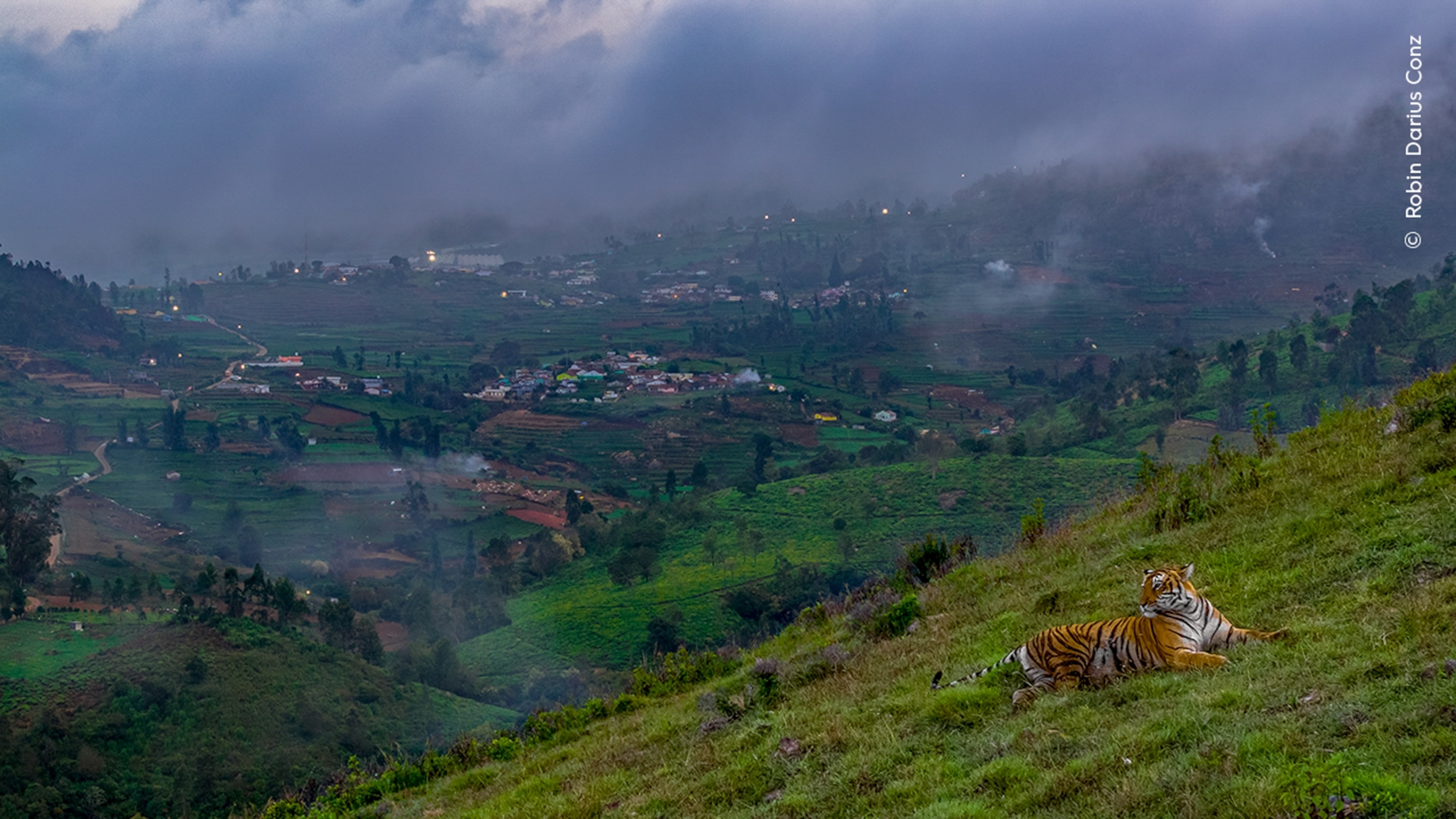
A drone captured this scene of a Bengal tiger against the backdrop of a town in India’s Western Ghats. German photographer Robin Darius Conz earned the Urban Wildlife award for his image, titled “Tiger in Town.” Tiger populations have declined in regions such as this one, where human settlements abut the big cats’ habitat.
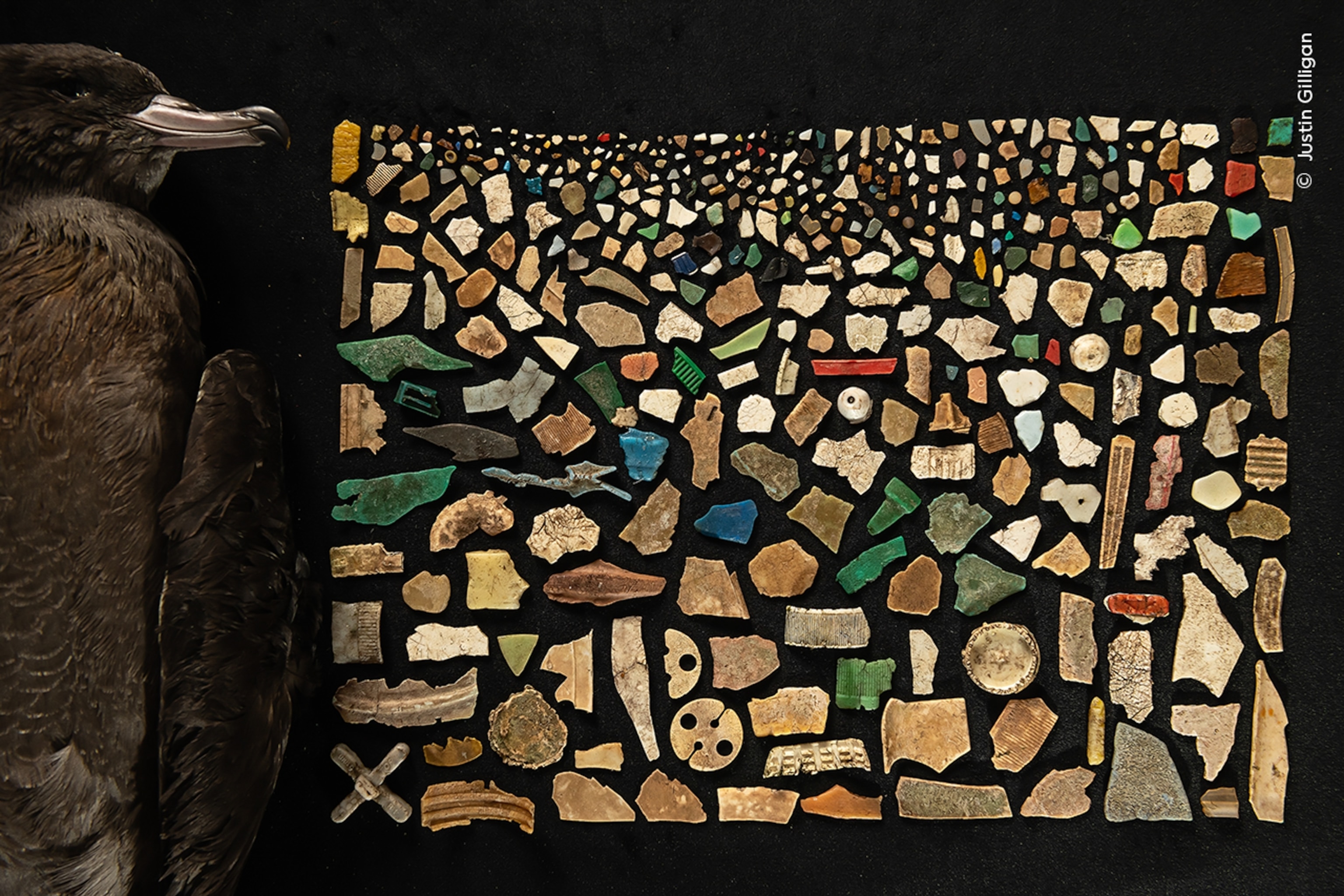
More than 400 pieces of plastic removed from the dead body of a single flesh-footed shearwater form a grim mosaic in this image by Australian photographer Justin Gilligan.
Gilligan works with a team of scientists studying the impacts of plastic pollution on seabirds such as the flesh-footed shearwater, the majority of whose population on Australia's Lord Howe Island carry plastic in their systems. "A Diet of Deadly Plastic" won in the category Oceans: The Bigger Picture.

Canadian photographer John E. Marriott tracked a Canada lynx family for weeks, navigating snowy Yukon forests with snowshoes and light camera equipment. Fresh tracks led him to this mom, with her full-grown young peering from behind while he photographed them from a respectful distance. "On Watch" earned the award in the Animal Portraits category.

